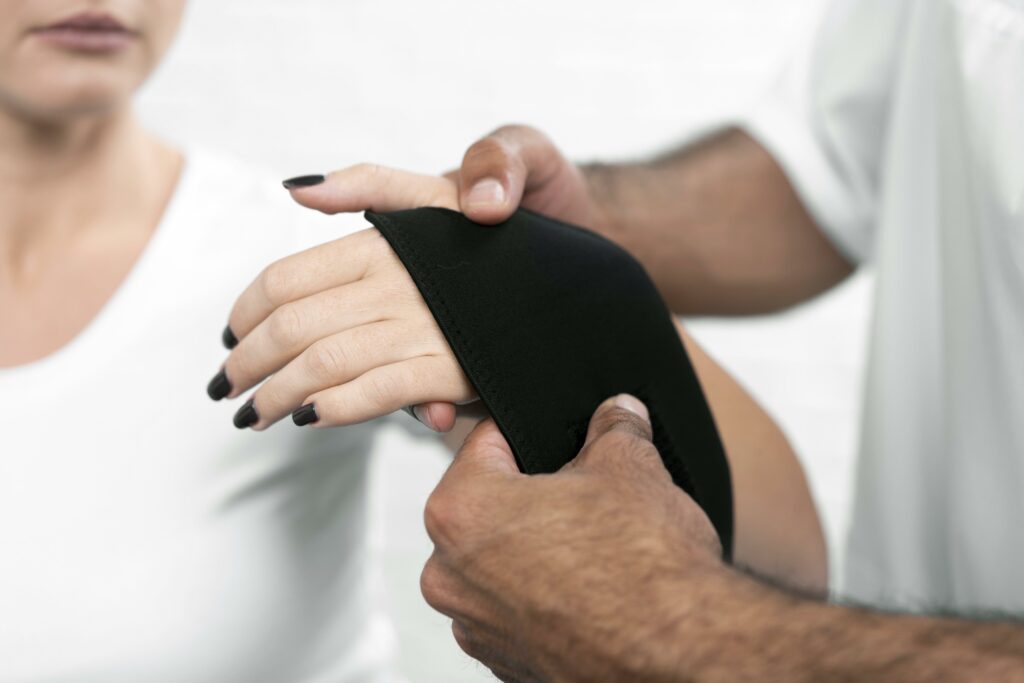Cartilage damage is a common issue that can lead to joint pain, inflammation, and decreased mobility. Fortunately, advancements in medical technology have made it possible for cartilage doctors to perform minimally invasive cartilage repair procedures. These techniques offer several benefits over traditional, open surgeries, making them an increasingly popular option for patients seeking treatment for cartilage-related issues. This blog will discuss the advantages of minimally invasive cartilage repair procedures, and why you should consider consulting a cartilage doctor or a knee specialist Singapore for such treatments.
What are Minimally Invasive Cartilage Repair Procedures?
Minimally invasive cartilage repair procedures involve the use of small incisions, specialized instruments, and advanced imaging techniques to access and treat damaged cartilage. These procedures are designed to minimize tissue damage, reduce postoperative pain, and speed up recovery. Examples of minimally invasive cartilage repair procedures include arthroscopic meniscus repair, microfracture, and autologous chondrocyte implantation (ACI).
Benefits of Minimally Invasive Cartilage Repair Procedures
- Reduced Surgical Trauma: By making small incisions and using specialized instruments, a cartilage doctor can minimize damage to healthy tissue surrounding the affected area. This results in less surgical trauma and reduced postoperative pain.
- Faster Recovery Time: Due to the minimal tissue damage and reduced inflammation, patients undergoing minimally invasive cartilage repair procedures often experience quicker recovery times compared to those who undergo open surgeries.
- Lower Risk of Infection: The small incisions made during minimally invasive procedures reduce the risk of infection, as there is less exposure of the surgical site to contaminants.
- Less Scarring: Smaller incisions result in less visible scarring, which is a significant advantage for patients who are concerned about the cosmetic appearance of their surgical site.
- Increased Accuracy: The use of advanced imaging techniques, such as arthroscopy, allows the cartilage doctor to visualize the joint and surrounding structures in real-time, providing increased accuracy in the diagnosis and treatment of cartilage damage.
- Outpatient Procedures: Many minimally invasive cartilage repair procedures can be performed on an outpatient basis, allowing patients to return home the same day as their surgery.
Diagnosis and Treatment Options
A comprehensive knee evaluation is necessary for a cartilage doctor to determine the most suitable treatment option for a patient’s specific needs. Some common minimally invasive cartilage repair procedures include:
- Arthroscopic Meniscus Repair: This procedure involves the use of an arthroscope to visualize the damaged meniscus and perform the necessary repair.
- Microfracture: In this procedure, small holes are created in the bone beneath the damaged cartilage, stimulating the growth of new cartilage tissue.
- Autologous Chondrocyte Implantation (ACI): ACI involves harvesting healthy cartilage cells from the patient, culturing them in a laboratory, and then implanting the cultured cells into the damaged area.
- ACL surgery Singapore: In cases where cartilage damage is accompanied by an ACL tear, minimally invasive ACL reconstruction surgery may be necessary.
When to Consider Minimally Invasive Cartilage Repair Procedures
Patients experiencing joint pain, swelling, and decreased mobility due to cartilage damage should consult a cartilage doctor to discuss their treatment options. Minimally invasive procedures may be recommended for individuals with:
- Isolated cartilage lesions
- Early-stage osteoarthritis
- Meniscus tears
- Ligament injuries, such as ACL tears
It is essential to consult with a knee specialist Singapore to determine the most appropriate treatment plan based on the patient’s unique needs and circumstances.
Additional Joint Health Considerations
In addition to cartilage repair procedures, it is vital to consider overall joint health when addressing cartilage damage. Some factors to consider include:
- Bone Health: Maintaining strong bones can help support joint health. Regular bone health screenings, such as a bone density test Singapore, can aid in the early detection of osteoporosis or other bone-related issues.
- Weight Management: Maintaining a healthy weight can reduce stress on the joints and prevent further cartilage damage.
- Physical Therapy: Incorporating physical therapy into a treatment plan can help improve joint function, reduce pain, and promote healing.
- Surgical Options: In some cases, more invasive surgical procedures may be necessary to address cartilage damage or other joint issues. Examples include knee replacement surgery and hip fracture Singapore repair.
Conclusion
Minimally invasive cartilage repair procedures offer several advantages over traditional open surgeries, making them an increasingly popular treatment option for patients with cartilage damage. By consulting with a cartilage doctor or a knee specialist Singapore, patients can receive personalized guidance on the most suitable treatment plan for their specific needs. Additionally, by considering overall joint health, including bone health and weight management, patients can further improve their chances of a successful recovery and long-term joint health.

